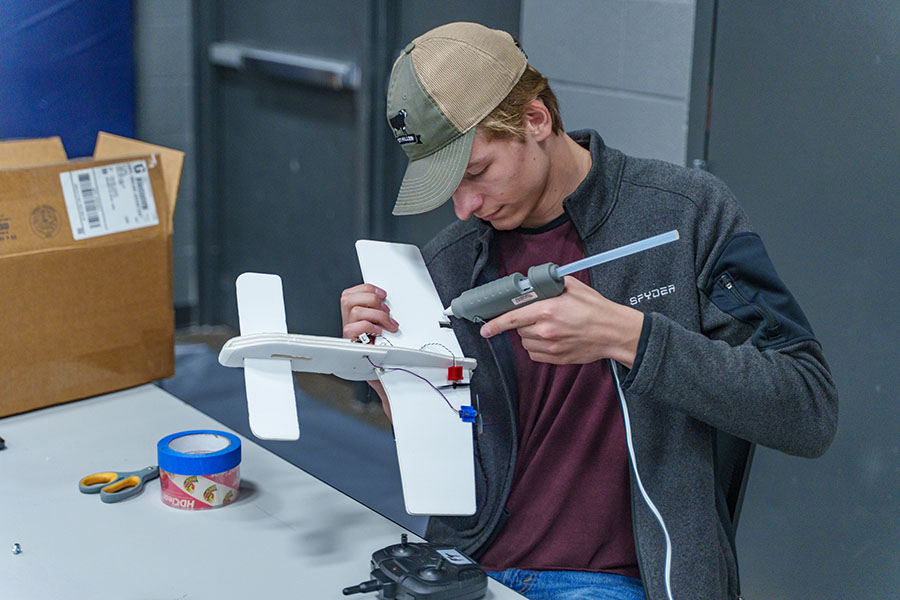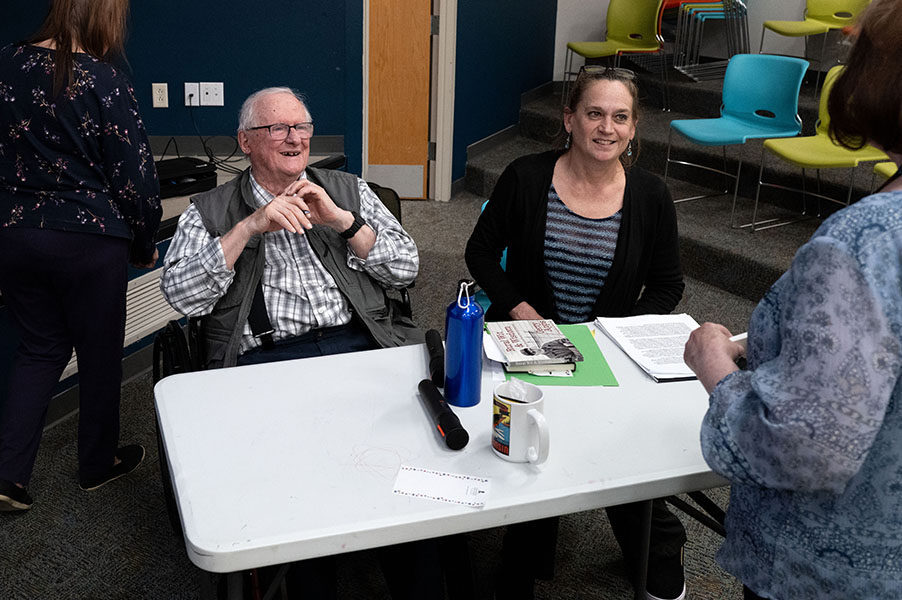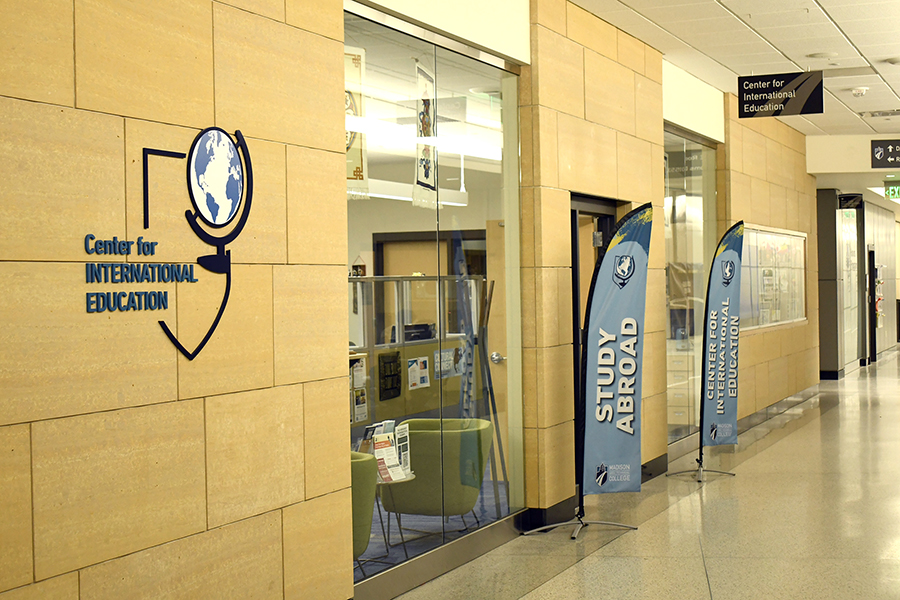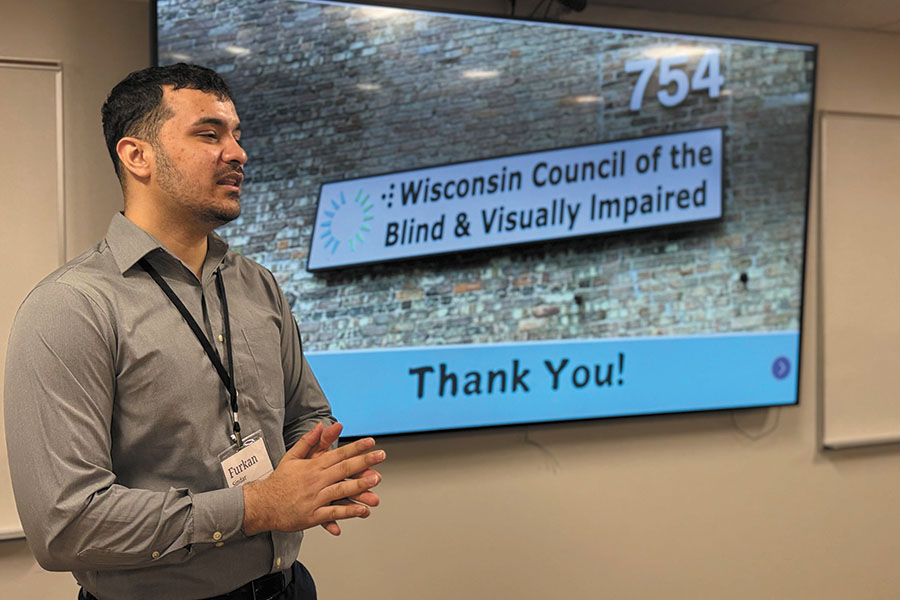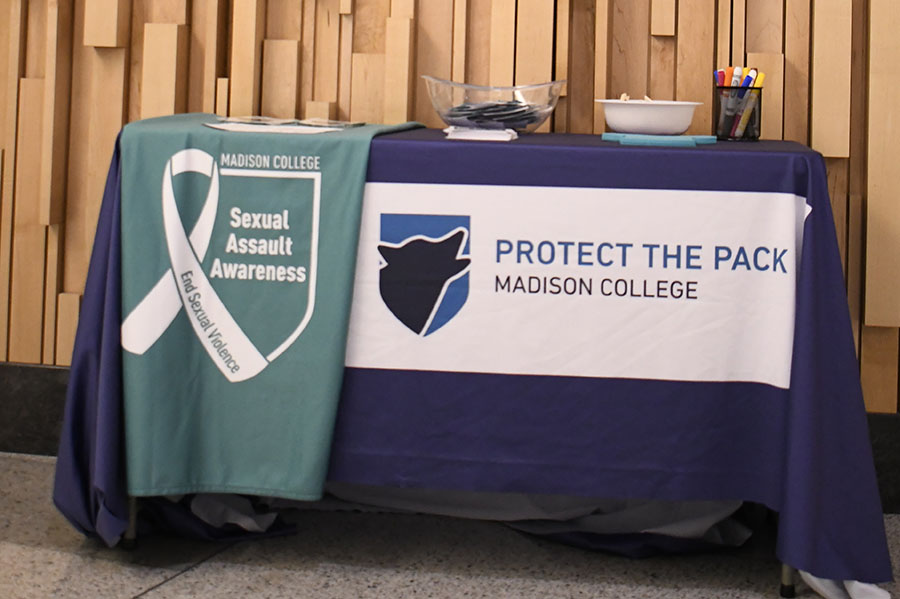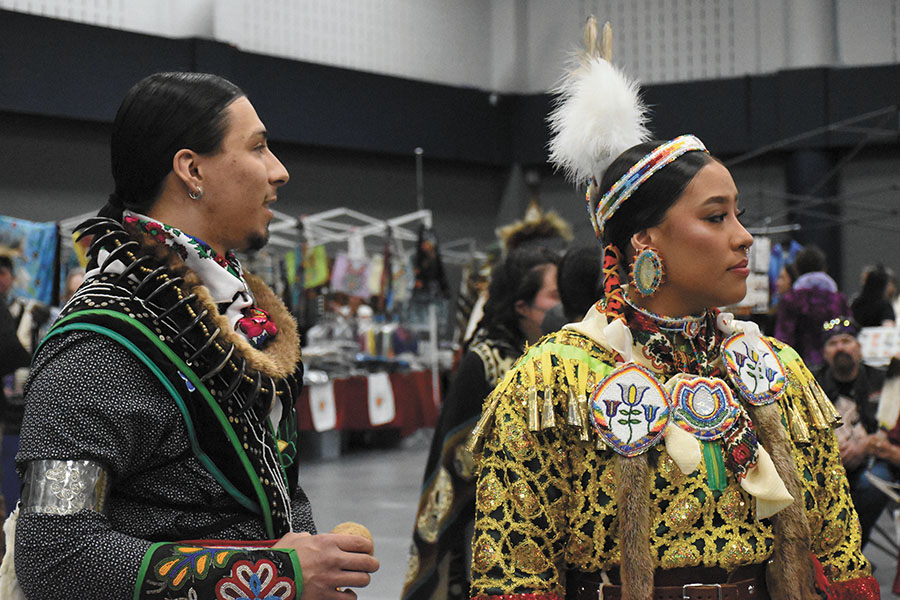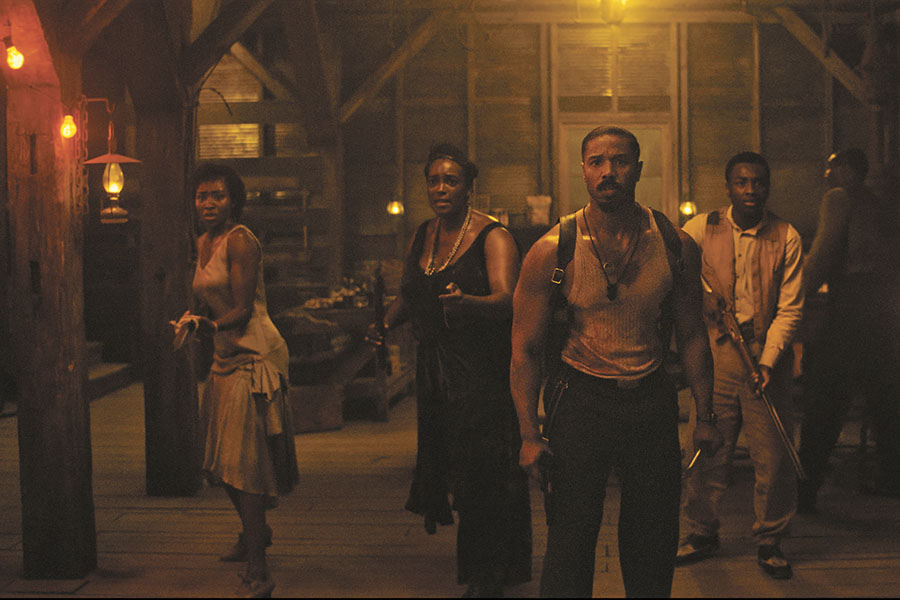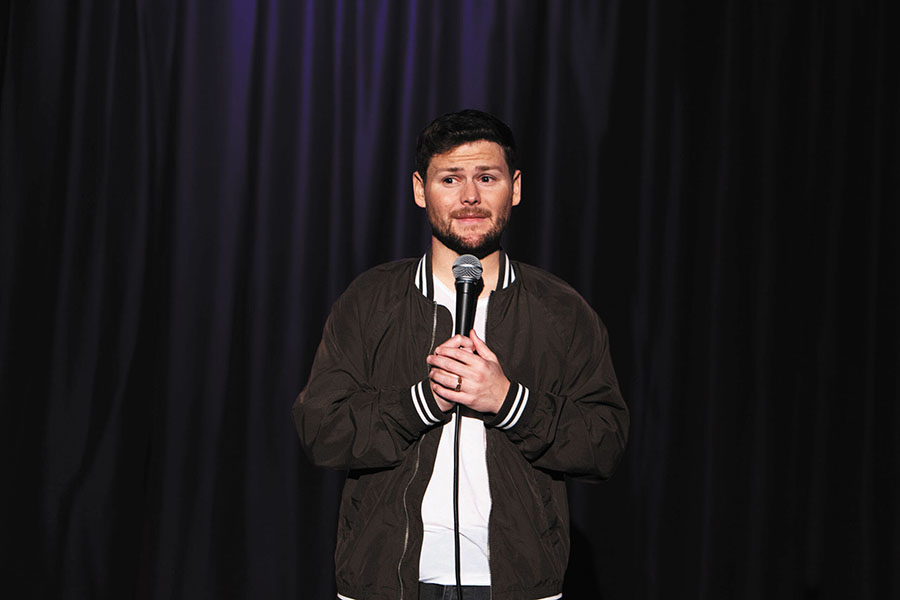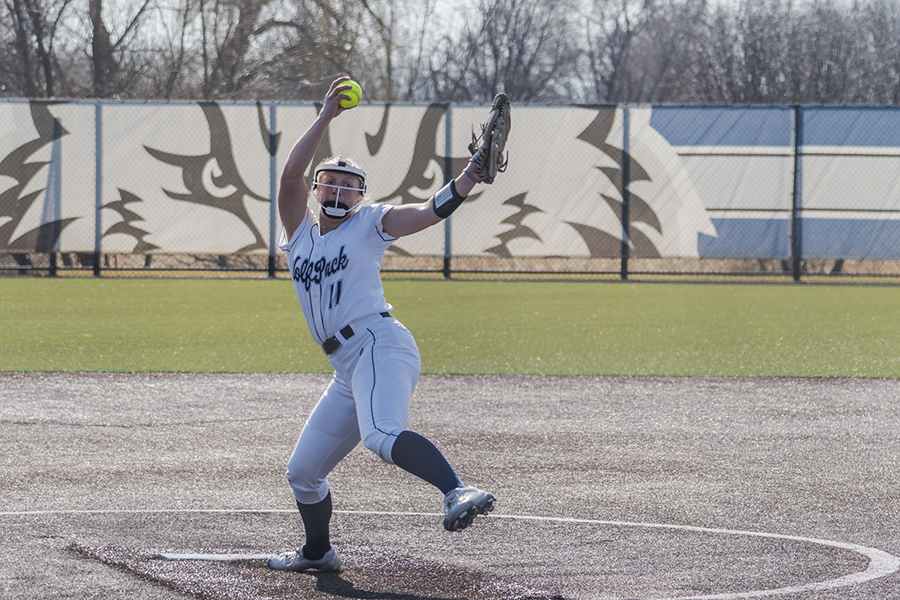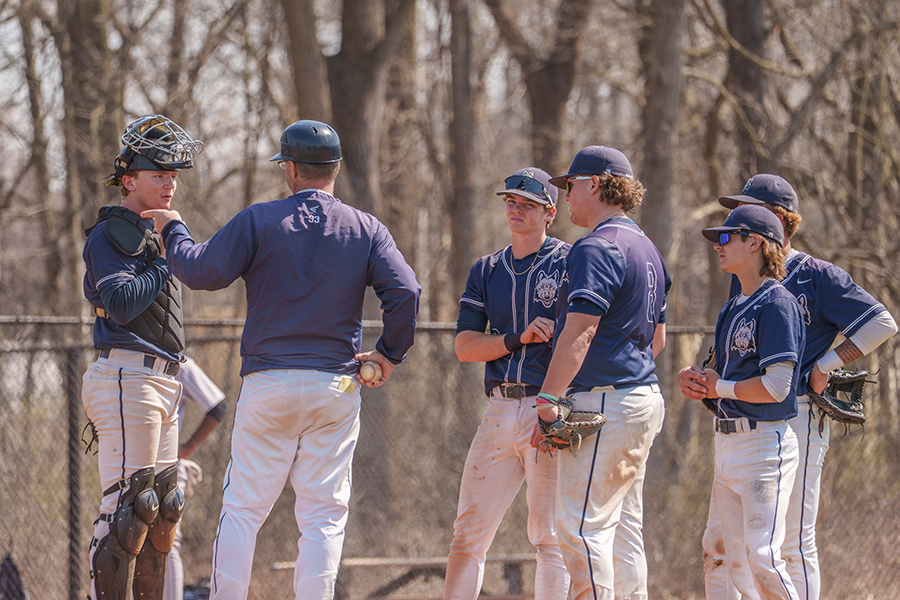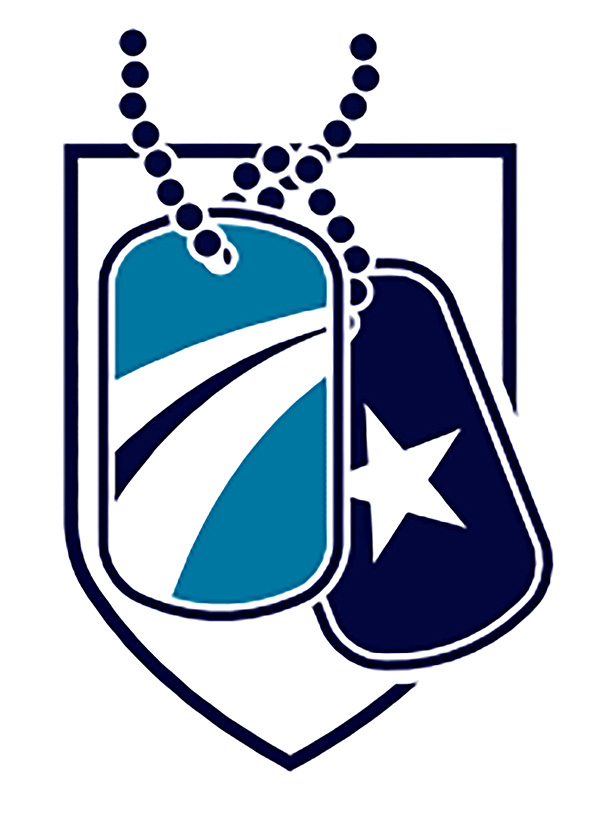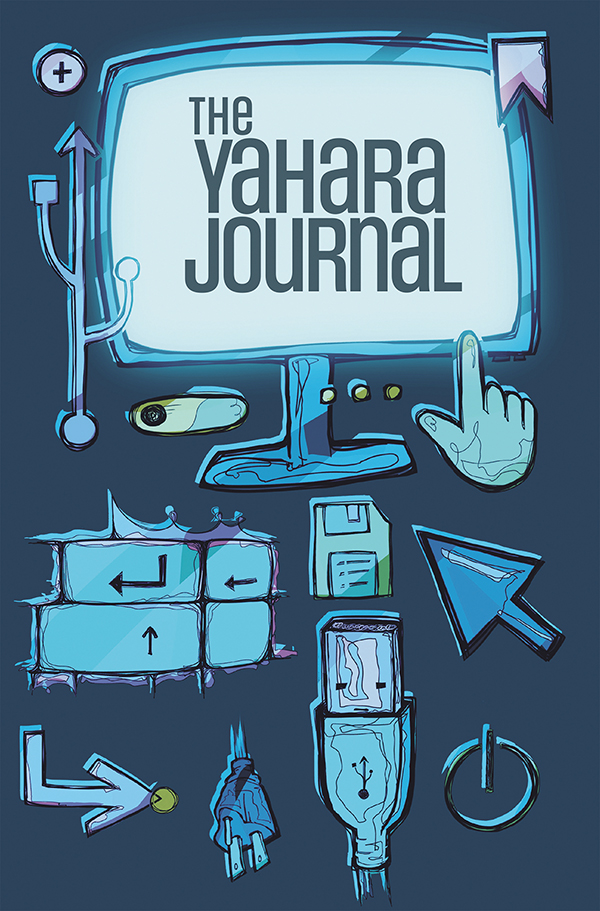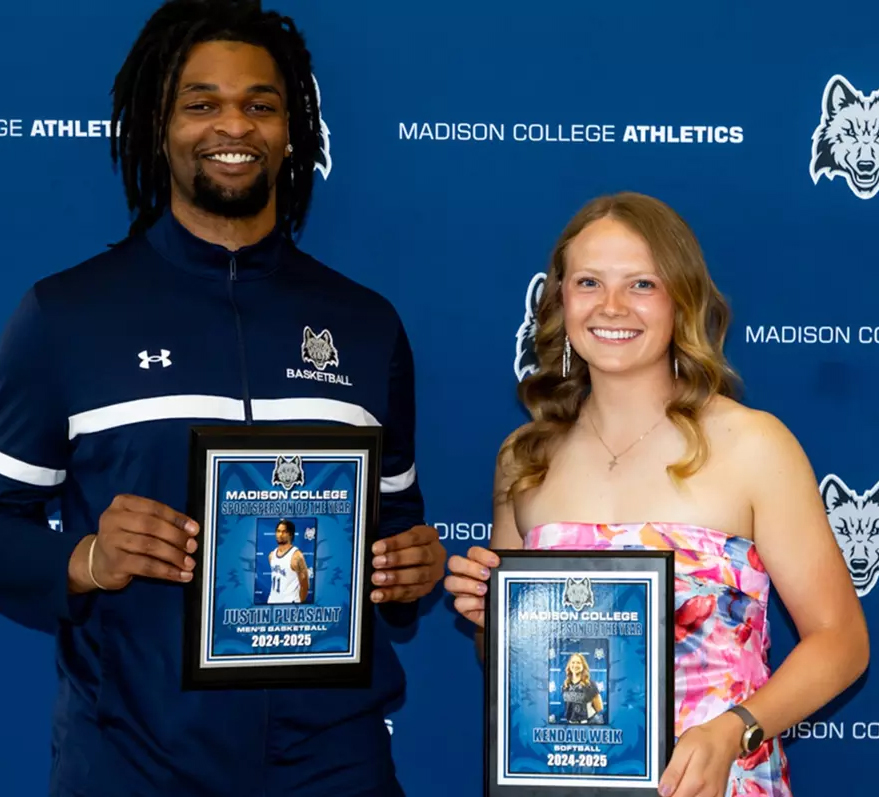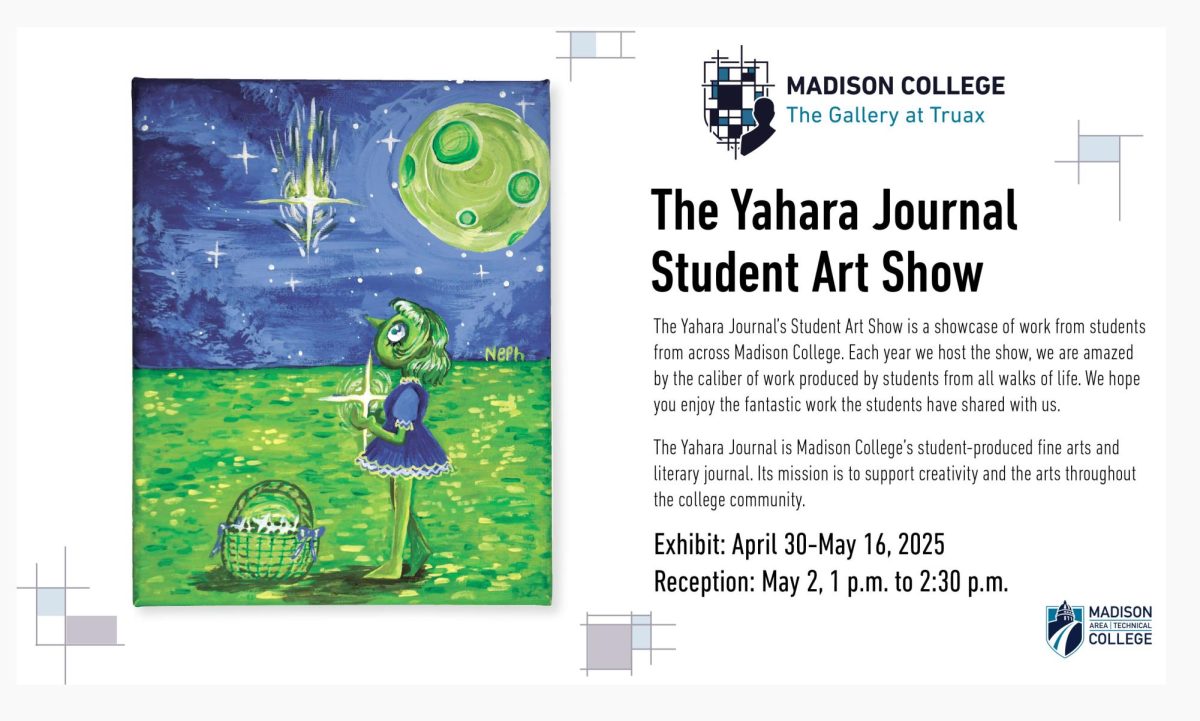When you notice ambulances, helicopters and police cars gathering near the Protective Services building around 1 p.m. on April 25, don’t be too alarmed. The area will be blocked off all day for a training simulation of a large-scale incident on campus. It will even include actors portraying live patients and some mannequins.
This emergency simulation will be a learning experience for students in the health programs and protective services, therefore the details of the scenario must remain confidential. Indeed, students shouldn’t know what to expect from a disaster scenario.
“We don’t want the students to have any idea of the extent of the patients that are coming in, we don’t want to give them any clues,” said Jeffrey Wenzel, Simulation Instruction Coordinator at Madison College. “All the students that are participating are in their last semester before graduation, so we want to make sure that they are getting the ultimate surprise.”
Students will confront realistic casualties and will be asked to apply the knowledge and skills they have learned in their specific programs thus far.
“This is our attempt at a large scale mass, a large scale multidisciplinary event that includes all of our protective services, IMS, fire, police as well as our health programs nursing respiratory therapy surgical technology X-ray technician medical assisting,” said Wenzel.
The collaboration between the protective services and health programs started during fall 2013. Last year was the first time in the history of the college that health programs were all reunited in the same building. This allowed program-to-program collaboration, as well as sharing ideas between programs.
Soon, collaboration between the protective services and health programs became necessary to work on pre-hospital situations.
“Last fall, Patrick Anderson who is the program director for the protective services, IMS paramedic programs, said, ‘can we bring a patient over to our emergency room?’ They first started loading up patients in their ambulance, driving to our building, unloading and then working with our nursing program and our respiratory program to find students to come in and take over care of the patient that they brought in,” said Wenzel.
Students learn from these short scenarios (15-20 minutes) and the debriefing that happens afterwards and will happen after the simulation on April 25.
“We’ve tried to make it as realistic as possible and learn afterwards about communication between protective services and health care services. How did you assume their role based on your profession? How well did you work with that other profession that was in the room?” says Wenzel.
By incorporating both type of services, the protective services as well as health, students have a more unified approach to patient care. While students are taught individually in programs, this simulation will be an opportunity to work together with other disciplines.


